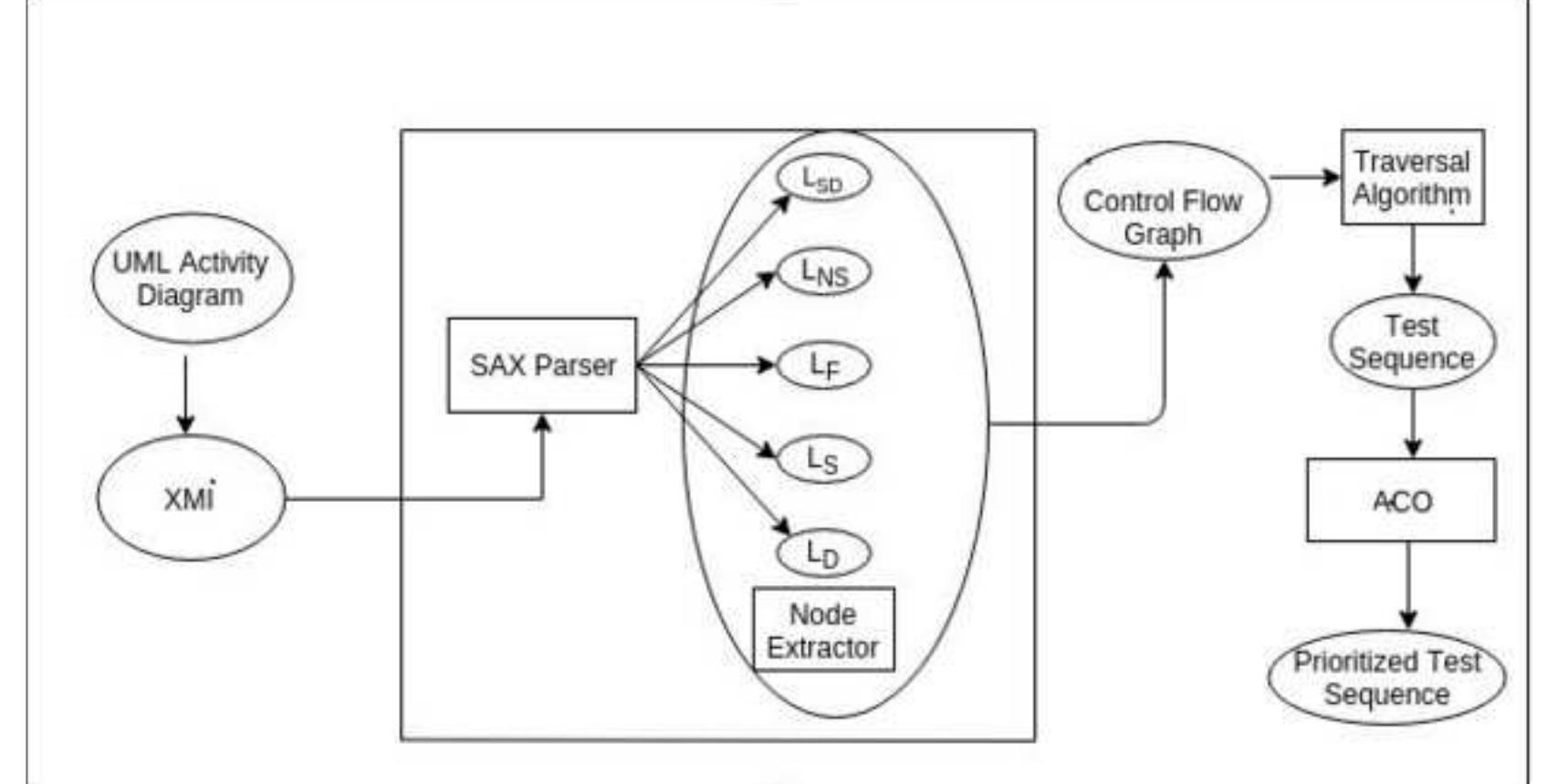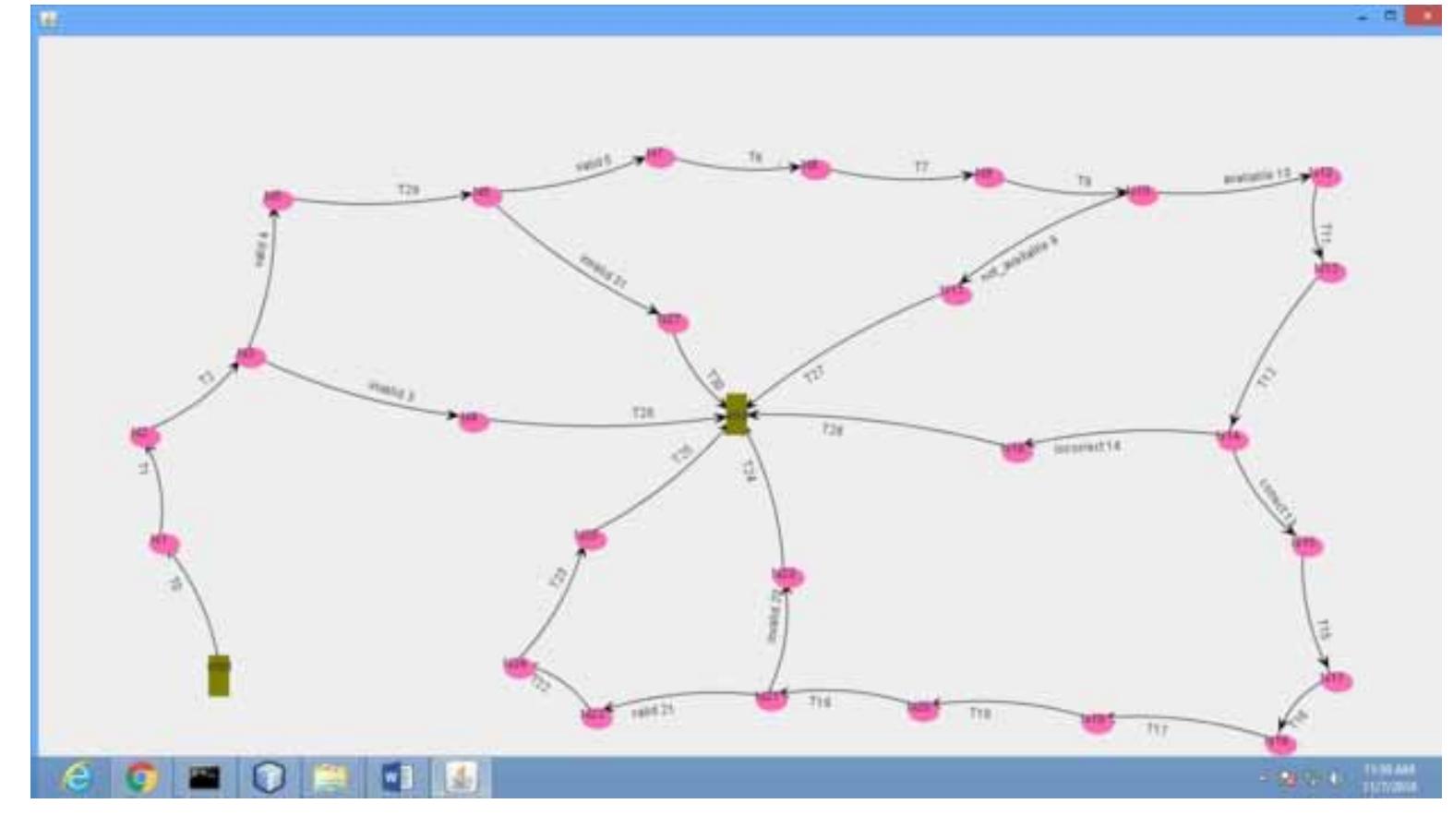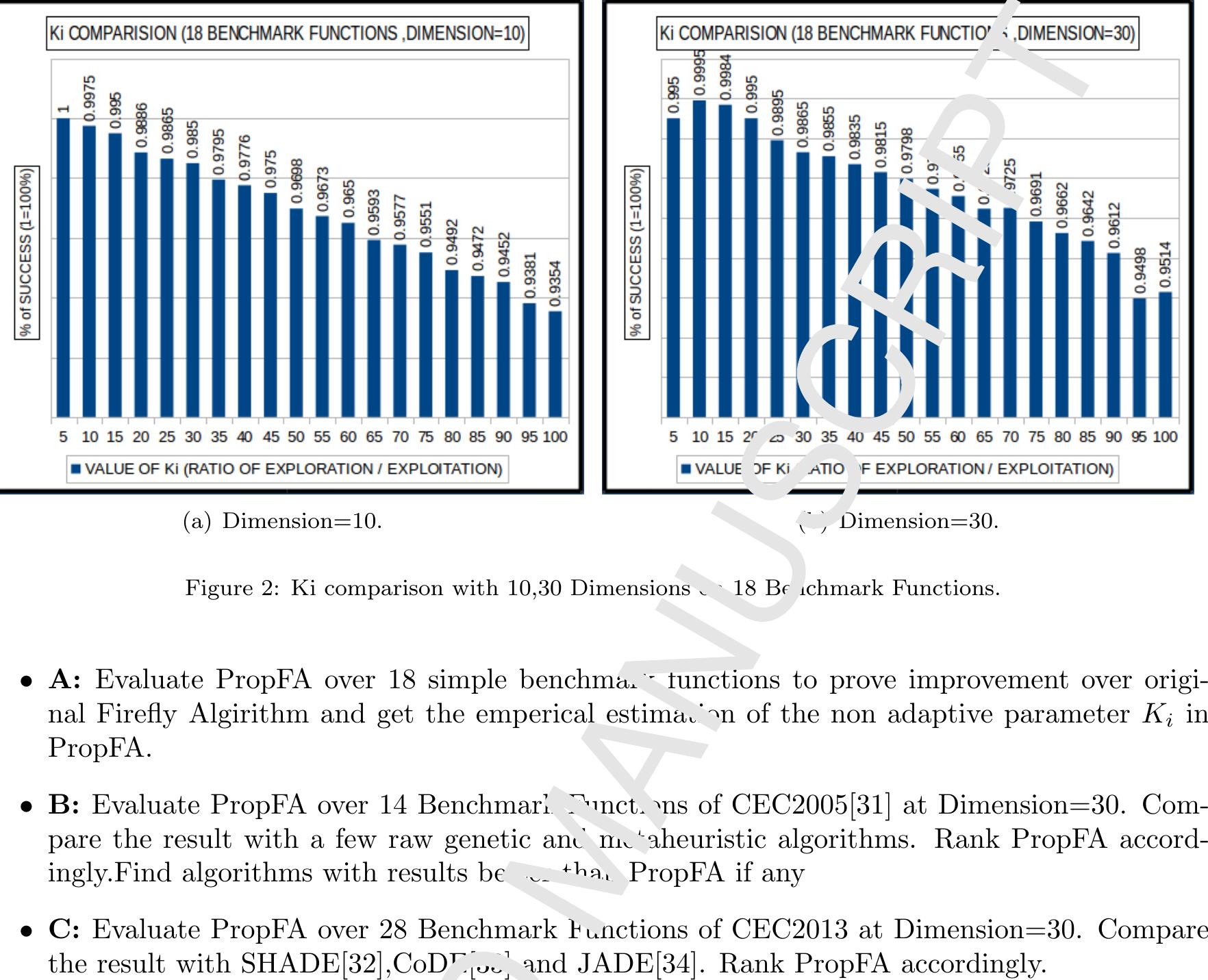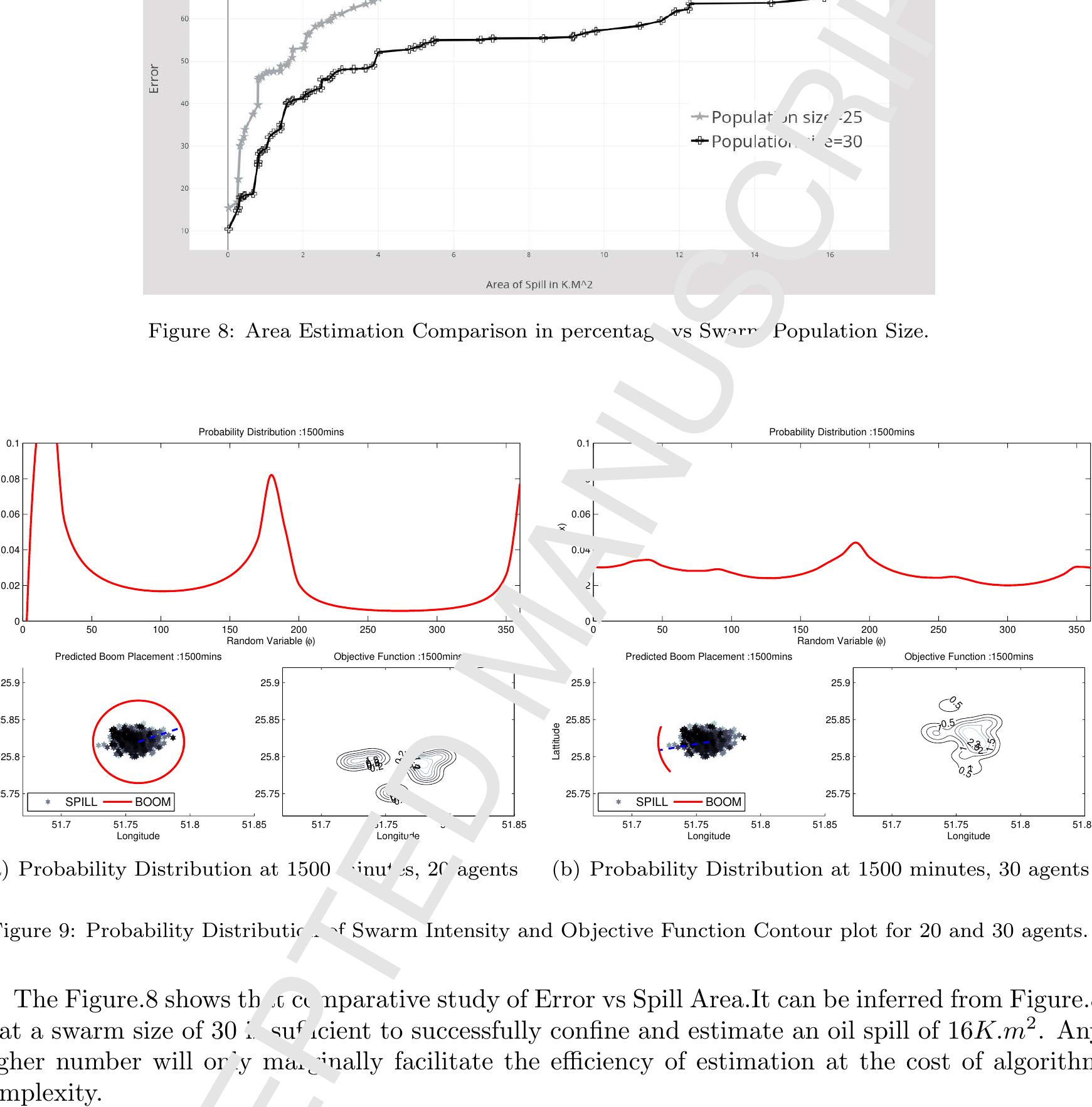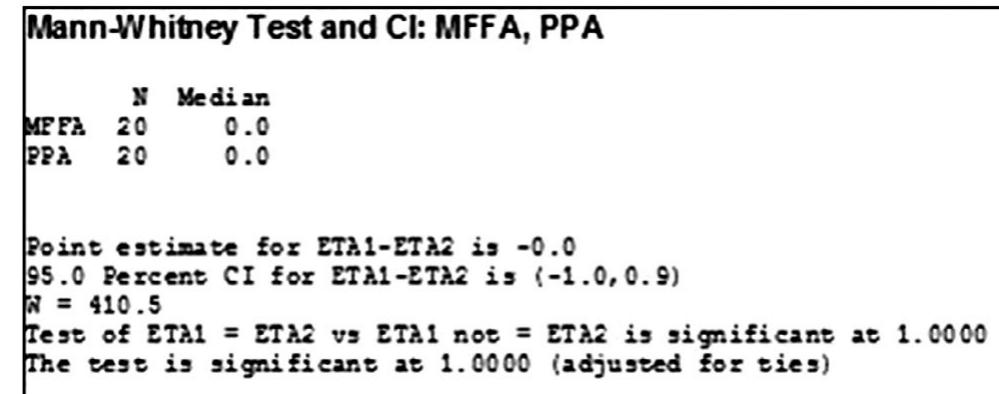Key research themes
1. How can nature-inspired algorithms be effectively characterized, unified, and applied across diverse computational and engineering problems?
This research stream investigates the development, categorization, and unification of nature-inspired metaheuristic algorithms to enable systematic understanding and broad application in complex optimization domains. It addresses the proliferation of algorithms and aims to consolidate insights to improve algorithm design, tuning, and implementation. This theme is significant as many natural systems inspire computational methods, yet the sheer number and diversity of such methods demand theoretical frameworks and unified representations to guide effective deployment in tasks ranging from engineering design to cloud computing and mobile network optimization.
2. What are the environmental and computational efficiency implications of deploying nature-inspired optimization algorithms in real-world scenarios?
This theme centers on evaluating the energy consumption, carbon footprints, and sustainability of nature-inspired optimization algorithms during their execution, particularly in applications such as telecommunications, image processing, vehicle routing, and cloud computing. As computational demand and algorithmic complexity increase, assessing and reducing the ecological impact of these metaheuristics becomes vital. Insights from this stream promote energy-efficient algorithm design and responsible deployment practices to align computation with environmental sustainability.
3. How do biological systems compute and how can these insights inspire new paradigms and applications in nature-inspired computing and bio-design?
This research area explores the conceptual foundations and distinctive computational behaviors inherent in biological systems—such as neural networks, immune systems, swarm intelligence, and synthetic bio-digital hybrids—and seeks to extend classical computation models beyond traditional digital architectures. It also examines emerging applications of biodesign and living computational systems, bridging biology and interactive system design. Understanding these natural computation mechanisms fosters innovative algorithmic developments and novel human-organism interactive technologies with enhanced adaptability, sustainability, and complexity.

